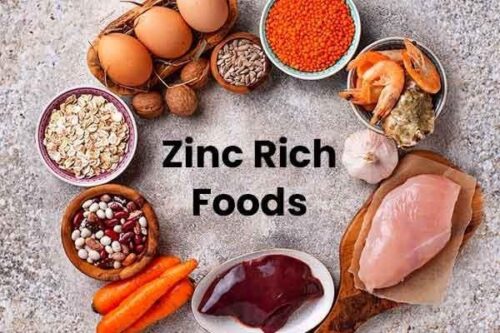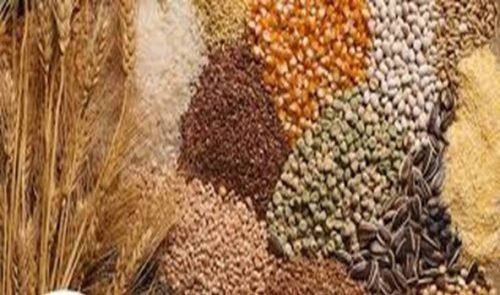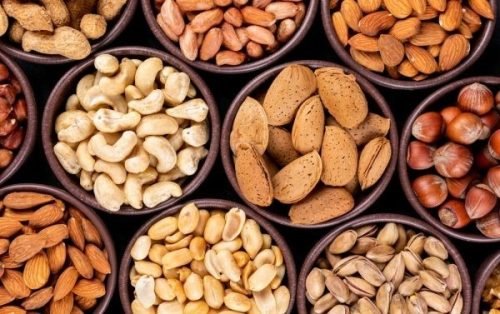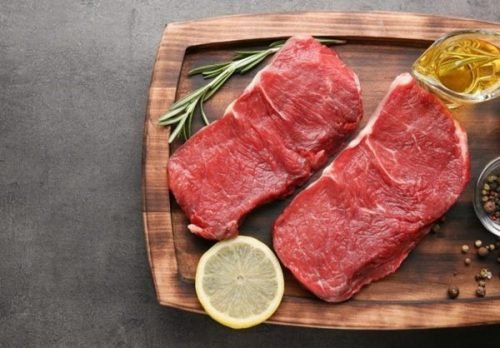Pre-Workouts
Stimulant free
Explosive
High Caffiene
Zinc is an overlooked protagonist in the goal of optimum wellness and optimal health. Zinc is more than just a mineral; it’s essential to the complex orchestra of bodily processes. It is like a backstage coordinator directing the crucial processes that support development, immunity, as well as general health.
Join us as we delve into the intriguing world of zinc-rich foods in India, As we engage on this quest of nutritious awareness, Together, we will explore the value of consuming these nutrient-dense marvels on a regular schedule, while also appreciating the role that zinc plays in our physical well-being.
The vital trace mineral zinc is involved in many different biological processes. It is a substance that is present in each cell of the body as well as acts as an initiating agent for a variety of biochemical events, supporting functions like synthesis of DNA, protein production, along with wound repair.
Having insufficient zinc may result in serious consequences, including impaired immunity, reduced growth, as well as heightened vulnerability to pathogens. It can also have a negative impact on female fertility, mental clarity, along with health of the skin (Smith, 2022).
Foodstuffs that are particularly high in zinc are known as zinc enriched food, and they come from a variety of food groups. Rich sources for zinc from plants, including beans , whole-grain bread, as well as those made from animals, such as fish and meat, play a major role in fulfilling Zinc consumption (Smith & Johnson, 2020)..

Not only is India’s varied and rich food ecosystem an assault for the senses, but it also contains a wealth of essential vitamins and minerals. Here are following zinc rich indian food (Thomas et al., 2019):
In Indian homes, lentils along with other beans are staple ingredients in a wide variety of both vegetarian as well as non-vegetarian meals. These items are excellent sources of zinc, in addition to their flavor and consistency.
Legumes, kidney beans, peas, especially chickpeas—all of which are frequently used in Indian cuisine—offer a substantial base of high zinc content foods. Whenever used in a rich Dal stew or a piquant Chana’s Masala (chickpeas curries), these basic ingredients not only boost taste as well as make a substantial healthy contribution (Jones et al., 2021).

The zinc content of Indian foods gets even better by the prevalence of whole grain products including rice, wheat, as well as maize. These fundamental grains provide both nourishment and a significant amount of vital minerals, making them the foundation of Indian cuisine.
People may make sure that their food is rich in nutrients as well as comprehensive by adding whole grain ingredients to foods like Khichdi, which is a blended rice as well as chickpea dish, or A roti which is an Indian flatbread.

Nuts and seeds give Indian foods an edible plus nutritious boost. Nuts including walnuts , almonds, as well as seeds such as pumpkin, are good sources of zinc.
These components work well in a variety of cuisines, from spicy meals including Palak Paneer (the spinach with creamy mozzarella) to sweet treats like Kheer, also (rice dessert). Their adaptability raises the diet’s total zinc content while also improving the gastronomic pleasure (Patel & Singh, 2020).

There are following examples of traditional indian dishes having high zinc content:
Recognized for its bold aromas as well as fragrant spices, North Indian food skillfully combines components high in zinc into its classic recipes. A well-liked dish, chicken curry, not only pleases the palate, nevertheless supplies a significant amount of zinc due to the chicken plus peppers.
Yet another mainstay that shows how local staples may be savory and nutrient-dense is the rajma, a dish made with kidney beans. These recipes highlight how Northern Indian cuisine combines flavor with wellness.
Zinc-rich elements are also embraced in South Indian cuisine, which is distinguished by its reliance on rice-based meals and flavors tinged with coconut. Sambar, a delicious South Indian vegetable stew made with legumes, tamarind fruit, and a diversity of vegetables, is a well-balanced dish that is high in zinc.
One common side dish that adds a higher entire amount of zinc is mango sauce, which is made with mashed coconut plus legumes. These illustrations show the various ways that South Indian food combines flavor and health benefits.
India’s colorful array of vegetables and fruits not only brightens what we eat but additionally makes a substantial contribution to our daily supply of nutrients, especially vital elements like zinc.

The delightful tropical fruit guava turns out to be an unexpected zinc superpower. This fruit, which is full of minerals and taste, not only fulfills cravings for sugar but also helps to satisfy zinc demands.
Kiwi isn’t simply a tasty snack—it’s also noted for its acidic deliciousness. Its high zinc concentration makes it an appealing complement to the variety of berries high in zinc, adding an original spin to food choices.
Fruit such as raspberry slices, blueberries along with cherries add phytonutrients and a pop of vibrant color to the dish. These little fruits are very appealing, but they also contain a lot of zinc, which improves both the nutritional value and the flavor of many different dishes.
A leafy vegetable that’s frequently praised due to its mineral content, spinach also makes a substantial contribution to zinc intake. Cooked, combined into meals, or added to other foods, greens provide a flexible and wholesome approach to satisfy your needs for zinc.
A different approach to the zinc-rich variety in the realm of vegetables is kale, a type of cruciferous veggie that is becoming more and more well-known due to its nutritious makeup. It’s a great option for sandwiches, stir-frying, and as a snack because of its substantial consistency and powerful flavor, which guarantees a wonderful dose of zinc.
The bell peppers with vibrant colors—they come in red, yellow, and green—are not only aesthetically pleasing but also a good source of zinc. Red bell peppers are a versatile way to add zinc to regular suppers, either they are cooked, roasted, or served raw in sandwiches.
Animal-based sources are vital for getting key nutrients since they offer an enhanced and rapidly absorbed kind of zinc.
Both beef and lamb are examples of flesh from red meat that is particularly high in zinc. Not only do these meats have a delicious flavor profile, but they also include an important quantity of zinc in a digestible form. Including thinly sliced meat in meals helps you satisfy your zinc needs in addition to improving flavor.
Chicken as well as turkeys are examples of meat, which is a further great supplier of zinc. The meat from poultry is a nutrient-dense option for people trying to keep appropriate zn intake from their dietary intake, in addition to serving as an efficient and adaptable meat that delivers vital minerals like zinc.

Complying with age-appropriate consumption guidelines is necessary to meet everyday zinc needs. To improve the digestion of zinc, combine foods high in zinc with vitamin C as well as vitamin D. Take care not to consume too much as this could result in harmful effects. Choose a well-balanced diet to reduce your requirement for supplementation and to enhance your general health.
To sum up, our investigation on foodstuffs high in zinc highlights the importance of a varied diet, including vegetables, fruits, meat products, as well as legumes. It is better for readers’ general health to be encouraged to incorporate these possibilities. Seeking guidance from healthcare specialists regarding individualized nutrition is essential to ensure an individualized strategy that efficiently meets everyone’s Zinc needs.
